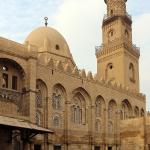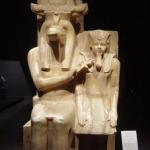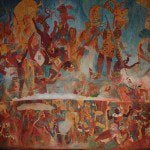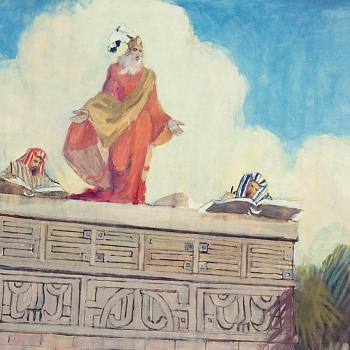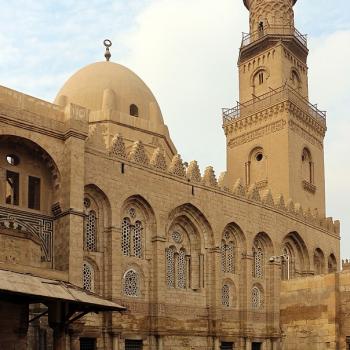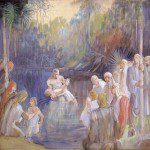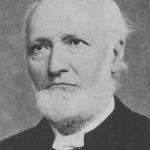
To the consternation of its critics, the Interpreter Foundation is not dead, nor doth it sleep. Today, Interpreter: A Journal of Latter-day Saint Faith and Scholarship published a new article entitled “The Literary Structure of Alma 17–20: A 14-Unit Chiasm,” which was written by Derek Squire:
Abstract: This article is an analysis of the literary structure of Alma 17–20. These four chapters in the current Book of Mormon were originally a single chapter in the first edition of the Book of Mormon (originally, chapter 12). The current article describes a process and rationale that was used to identify several major literary units whose structure is no longer obvious with the division into four chapters. The original literary structure appears to have been written as a 14-part chiasm in which the matching units share many strong links and parallels. According to this analysis, the central units of this chiasm highlight the turning point of the narrative. Ammon preaches the gospel to King Lamoni, and Lamoni then proceeds to cry unto the Lord for mercy upon himself and his people. Thousands of Lamanites then repent and are converted unto the Lord. This critical episode in the Book of Mormon had far-reaching and long-lasting effects. It now appears that Mormon carefully structured this episode to help readers remember key events that transpired and to highlight its importance as a hinge point in Nephite/Lamanite history.
Accompanying “The Literary Structure of Alma 17-20” on the website of the Interpreter Foundation is “Interpreting Interpreter: Ammon’s Chiasm,” which was written by the seemingly indefatigable Kyler Rasmussen:
This post is a summary of the article “The Literary Structure of Alma 17–20: A 14-Unit Chiasm” by Derek Squire in Volume 60 of Interpreter: A Journal of Latter-day Saint Faith and Scholarship. All of the Interpreting Interpreter articles may be seen at https://interpreterfoundation.org/category/summaries/. An introduction to the Interpreting Interpreter series is available at https://interpreterfoundation.org/interpreting-interpreter-on-abstracting-thought/.
The Takeaway: Squire proposes that the story of Ammon and the conversion of the Lamanites (Alma 17-20) comprises a conceptual chiasm, one centered on Ammon’s teaching of the Plan of Redemption and Lamoni’s subsequent cry for mercy to Christ.
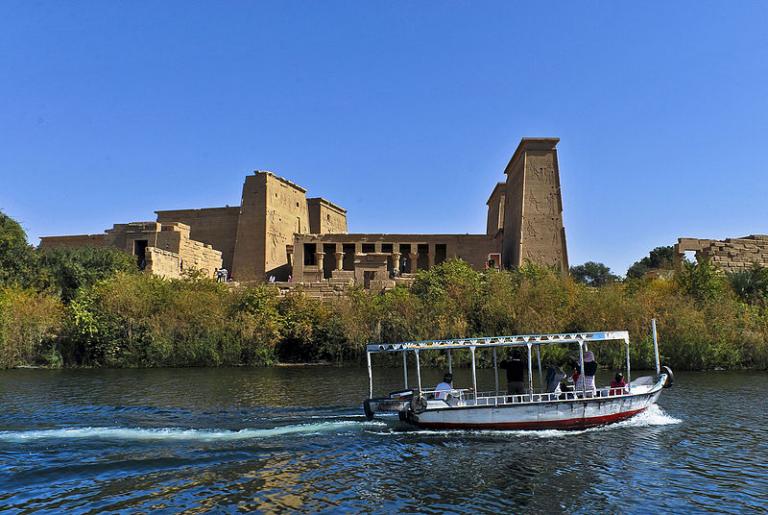
Today’s weather in Aswan was glorious. Perhaps the best I’ve ever had here. It was clear, sunny, and a perfect temperature. That made it difficult to leave our island hotel this morning, with its surrounding pool and gardens and its excellent buffet breakfast enjoyed on a terrace overlooking the Nile and looking across at the city on the river’s east bank. I’m thinking this is a perfect time of the year to come to Aswan, and I could very happily and easily spend a week (or more) at the Mövenpick alone, never feeling a need to leave the island. What a perfect place to relax and read and write. (Again, I understand why Agatha Christie wrote her Death on the Nile in an Aswan hotel.)
But we had to leave the island, nevertheless. Happily, though, there are intensely interesting things around Aswan. We crossed the old Aswan Dam, first constructed in 1902, and then we spent considerable time on the Aswan High Dam, which was a major focus of international politics in the 1950s and the 1960s. We looked down on the portion of the River Nile that flows from the dam and, on the southern side, at the vast artificial Lake Nasser. (Unfortunately, yet again and despite my urgings, we failed to cast one of our number into the lake, which features a large and ravenous population of crocodiles who, in the area of the Nile north of Aswan, were hunted to extinction already in antiquity . I think that such a sacrifice would result in many great memories and some really good photographs, and obviously we would always honor the person chosen as the victim. But nobody ever steps forward to volunteer.)
The stresses associated with building the High Dam led to Egypt’s longtime cozying up to the Soviet Union when the United States declined to assist in the dam’s construction. That friendship has, however, long since cooled considerably, largely owing to Anwar al-Sadat, although a very large monument to Egyptian-Soviet friendship still adorns the High Dam. It also led to the nationalization of the Suez Canal and the resulting 1956 Suez War, in which France, the United Kingdom, and Israel attacked Egypt. And that war, in turn, saw a definitive humbling of Great Britain when President Dwight D. Eisenhower ordered France and the United Kingdom and Israel to stand down. It was now clear beyond dispute that the United States of America had assumed the position of sole Western superpower. The British Empire was no longer even remotely what it had been.
From the High Dam, we drove to the little harbor near the Island of Philae, where we caught a boat over to the beautiful Temple of Isis. This was one of the principal pharaonic temples – along with the perhaps even more famous temple of Ramses II at Abu Simbel and the Temple of Kalabsha that can be seen in the middle distance – that was saved from the waters that were rising as a result of the dams by an enormous international effort. Those temples were dismantled, block by block, and reassembled. The effort still astonishes to this day. (The small Roman-period Temple of Dendur, located in New York City’s Metropolitan Museum of Art, was presented by the government of Egypt to the United States in gratitude for American help in saving those pharaonic monuments. It was itself saved from Lake Nasser.)
Then we drove to Elite Perfumery, a perfume shop, in Aswan. I stayed in the bus. Been there, done that. (In fact, it was during my time in the bus that I began writing this blog entry. “Improve the shining moments,” as the hymn advises.) Almost all of our group went in and listened to a presentation on the production of perfume, and some of them emerged with aromatic treasures. I’m glad that they enjoyed it.
Thereafter, we boarded our boat, the Mayflower. Beautiful. The nicest Nile cruise boat I’ve ever been on. (And soon I’ll be able to say that I sailed on the Mayflower!)
After settling in a bit and having lunch, we got onto a small boat and motored to the Nubian village of Gharb Suhayl. Which I’ve visited on numerous occasions before, although this time was very different from my earlier visits, and to a different section of the village than I’ve ever seen before. The Nubians represent a quite distinct culture (and language) from the rest of the Egyptian population. They are darker complected, more African in feature and in material culture and crafts, and their villages are brightly colored. I’m running out of steam, though — jet lag truly is the gift that goes on giving — and I’ll report on our time in Gharb Suhayl tomorrow, if I can.
Posted from Aswan, Egypt


